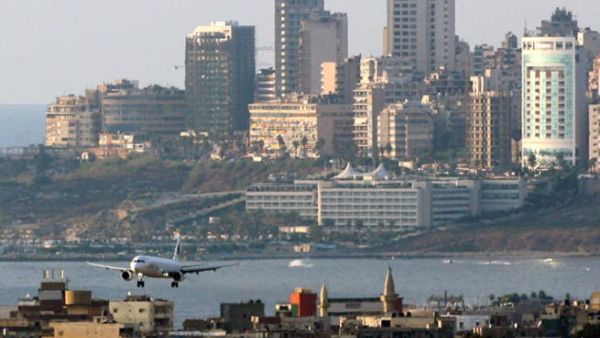The International Monetary Fund revised downward its projection for real gross domestic product growth in Lebanon to 2 percent in 2013, while the World Bank reduced its remittances estimate for the country last year.
Cutting its previous GDP growth projection by 0.5 percent, the IMF said the Lebanese economy would be the third slowest of 19 countries in the Middle East and North Africa region, according to IMF data published in a Byblos Bank report Saturday.
The IMF predicted Lebanon would grow at a rate equal to Egypt and higher than Sudan and Kuwait. It also reduced its estimate for Lebanon’s economic growth in 2012 to 1.5 percent from 2 percent, low compared to a regional average of 4.8 percent.
Iran’s economy is set to shrink 1.3 percent this year, the IMF said, the only one in the region expected to do so. Syria continues to be excluded from IMF forecasts due to a lack of data from the war-ravaged country.
Looking ahead, the IMF expected Lebanon’s real GDP growth to rebound to about 4 percent in 2014, higher than the 3.7 percent forecast for the region as a whole.
The figures contrast with global bank HSBC’s predictions last week that Lebanon’s GDP was not expected to grow more than 1.4 percent in 2013 and 2014, amid mostly poor economic indicators and a high risk of spillover from the Syrian conflict.
Inflation in Lebanon is expected to be 6.7 percent this year, the fifth highest rate in the region, although lower than the 9.6 percent MENA average, the IMF added.
As Lebanon’s 2013 growth prospects slowed, the World Bank Saturday slightly revised downward its estimate for expatriates’ remittance inflows in 2012 to $7.47 billion from $7.56 billion.
Remittance inflows to Lebanon, therefore, would have decreased by 0.8 percent in 2012, constituting the second consecutive annual decline after remittances fell 1.6 percent in 2011.
The MENA region experienced the fastest expansion of remittances in the world, growing by 14.3 percent in 2012 compared with the previous year.
“Remittance flows to MENA are expected to grow by 5-6 percent during 2013-2015, mainly driven by Egypt but also boosted by robust performance forecasted for the other key remittance recipient countries of the region,” the World Bank report said.
Lebanon, China, Mexico and Nigeria were the only four top remittance recipients to see a decline.
In 2012, Lebanon remained the 16th largest recipient of remittances globally and the 10th largest recipient among developing economies.
Expatriates’ remittances to Lebanon were equivalent to 18.1 percent of GDP in 2012, the ninth highest ratio in the world.
The World Bank estimated remittance outflows from Lebanon at $4.82 billion in 2011, constituting an increase of 1.5 percent from $4.75 billion in 2010.








